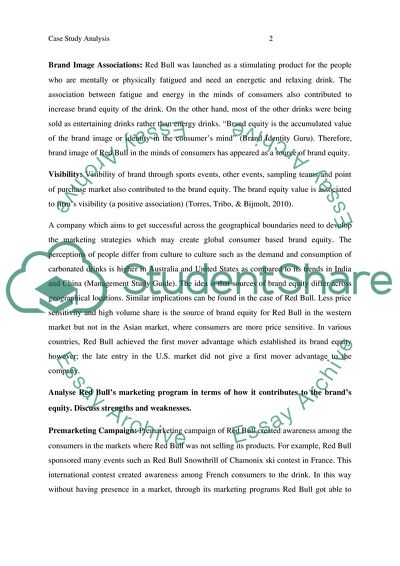Cite this document
(Red Bull Building Brand Equity in Non-Traditional Ways Case Study, n.d.)
Red Bull Building Brand Equity in Non-Traditional Ways Case Study. Retrieved from https://studentshare.org/marketing/1743852-red-bull
Red Bull Building Brand Equity in Non-Traditional Ways Case Study. Retrieved from https://studentshare.org/marketing/1743852-red-bull
(Red Bull Building Brand Equity in Non-Traditional Ways Case Study)
Red Bull Building Brand Equity in Non-Traditional Ways Case Study. https://studentshare.org/marketing/1743852-red-bull.
Red Bull Building Brand Equity in Non-Traditional Ways Case Study. https://studentshare.org/marketing/1743852-red-bull.
“Red Bull Building Brand Equity in Non-Traditional Ways Case Study”, n.d. https://studentshare.org/marketing/1743852-red-bull.


